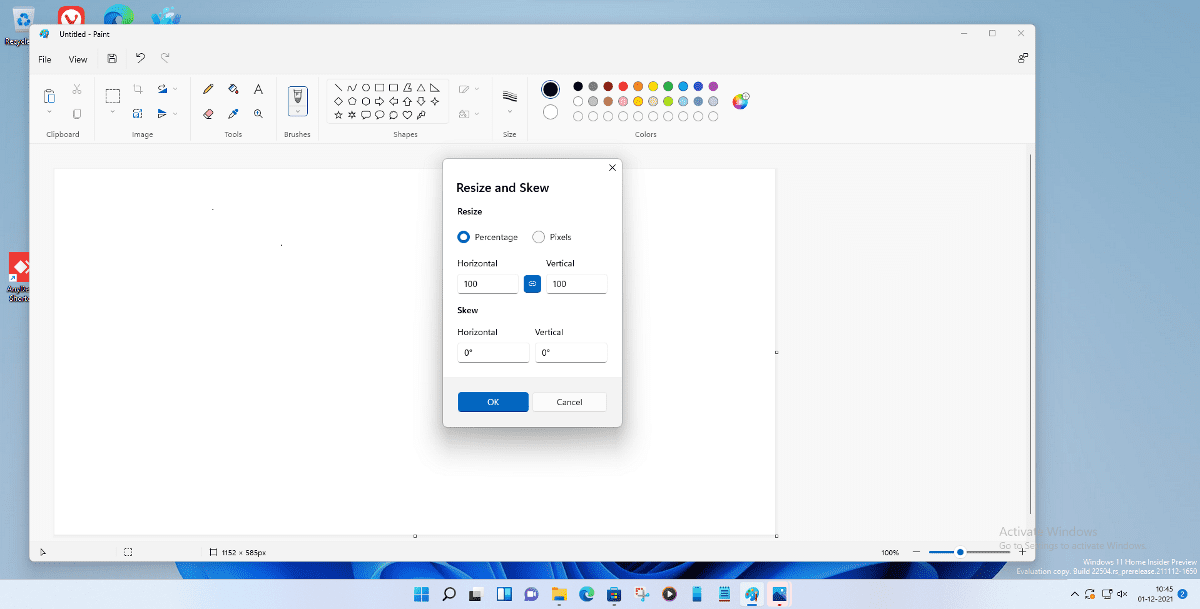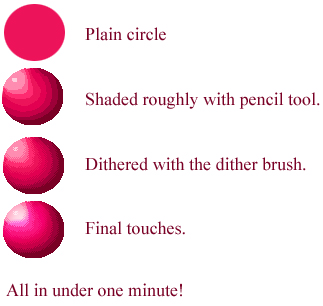
- Paintbrush app pixel dither how to#
- Paintbrush app pixel dither update#
- Paintbrush app pixel dither full#
- Paintbrush app pixel dither Pc#
This article will focus specifically on images, but the same techniques can be applied to any 2-dimensional data (or 1-dimensional data, which is even simpler!). Dithering is an extremely powerful technique, and it can be used in ANY situation where data has to be represented at a lower resolution than it was originally created for.


The specific algorithm used on this image is “2-row Sierra” dithering.ĭespite only black and white being used, we can still make out the shape of the cube, right down to the hearts on either side. If you look closely, you can see that this image uses the same colors as its non-dithered counterpart - but those few colors are arranged in a way that makes it seem like many more colors are present.Īs another example, here is a black-and-white version of the image with similar dithering applied:
Paintbrush app pixel dither Pc#
As an example, here is the cube image once again reduced to the colors of a theoretical old PC - only this time, dithering has been applied:Ī big improvement over the non-dithered version! Dithering works by approximating unavailable colors with available colors, by mixing and matching available colors in a way that mimicks unavailable ones. Subtle gradients in the original image may be replaced with blobs of uniform color, and depending on the restrictions of the device, the original image may become unrecognizable.ĭithering is an attempt to solve this problem.

Problems arise any time an image is displayed on a device that supports less colors than the image contains. Then we’re left with something like this:Īt this point, the image is barely recognizable. Pretty nasty, isn’t it? Consider an even more dramatic example, where we want to print the cube image on a black-and-white printer. This is the same image as above, but restricted to a websafe palette. If we attempt to display the image on such a PC, it might look something like this: But consider an older PC, one that only supports a limited palette. On a modern LCD or LED screen - be it your computer monitor, smartphone, or TV - this full-color image can be displayed without any problems. I chose it because it has a nice mixture of soft gradients and hard edges. This will be our demonstration image for this article. Thank you to commenters who noted problems with the previous images! Dithering: Some ExamplesĬonsider the following full-color image, a wallpaper of the famous “ companion cube” from Portal:
Paintbrush app pixel dither update#
Update 11 June 2016: some of the sample images in this article have been updated to better reflect the various dithering algorithms.
Paintbrush app pixel dither how to#

Paintbrush app pixel dither full#
Doesn’t dithering belong in the annals of technology history, a relic of times when “16 million color displays” were something programmers and users could only dream of? In an age when cheap mobile phones operate in full 32bpp glory, why am I writing an article about dithering?Īctually, dithering is still a surprisingly applicable technique, not just for practical reasons (such as preparing a full-color image for output on a non-color printer), but for artistic reasons as well. You might think that dithering is something programmers shouldn’t have to deal with in 2012. Today’s graphics programming topic - dithering - is one I receive a lot of emails about, which some may find surprising.


 0 kommentar(er)
0 kommentar(er)
